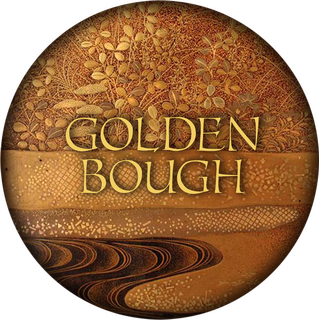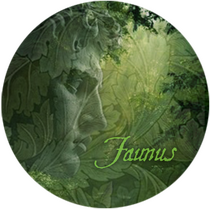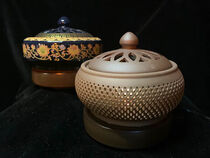Golden Bough - Fine woods , Poplar, sweet Resins
Like Sunlight on the boughs of resin-bearing trees - Soothing, warm incense notes blended with Poplar bud Absolute, Sandalwood, and Natural Amber.
An intoxicating blend of pure sweet resins and precious woods. It is an incense to bring happiness and relaxation.
I have ground together with the finest Hougary Frankincense of Oman, rich amber/vanilla Tolu Balsam, with Premium grade Sandalwood, Peruvian Palo Santo wood and resin, Golden Benzoin, Labdanum, and Fir Balsam.
Need I say more?
The scent is mystical, warm, mellow, and amber-like. If you liked Sweet Medicine, you will love Golden Bough.
Contains:
Sandalwood, Poplar, Vanilla, Benzoin, Labdanum, Frankincense, Kua Myrrh, Tolu Balsam, Hay Absolute, Fir Balsam Absolute, Peru Balsam, Sweet Grass, Palo Santo
Golden Bough is best when used on an Electric Incense Heater.
This price is for 1 oz. in a Gold Tin
Scent notes: Woody, Balsamic, Notes of amber, Sacred, classic incense notes with a sweetness at the heart.
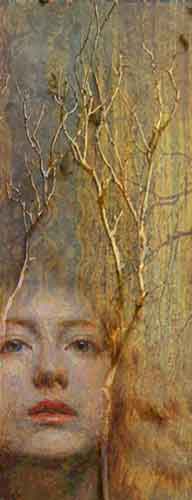
The name, Golden Bough, comes from the classic work by James Frazer, an extensive look into natural magic and folklore, and much like Robert Graves , "The White Goddess" has influenced much of modern Paganism and Earth Spirituality.
It is also referred to in Roman mythology. The Golden Bough was a tree branch with golden leaves that enabled the Trojan hero Aeneas to travel through the underworld safely. The bough was said to be sacred to Proserpina (Persephone), the queen of the underworld, and was associated with the goddess Diana.
J. M. W. Turner's painting of the Golden Bough incident in the Aeneid
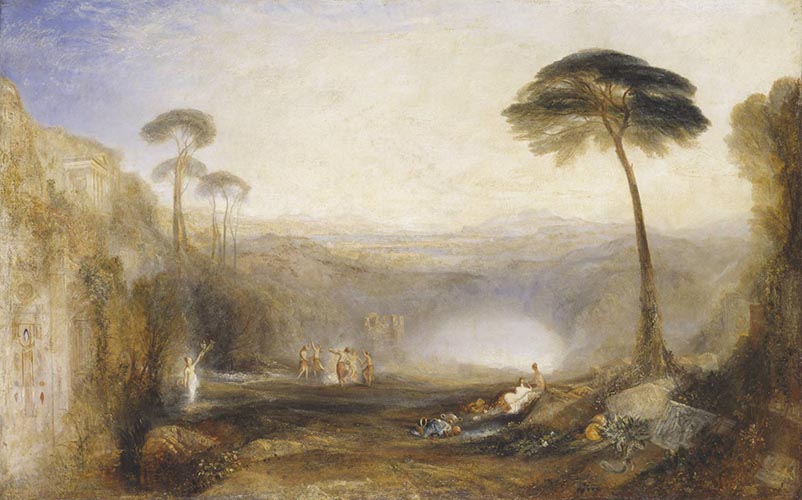
"Despite the controversy generated by the work and its critical reception amongst other scholars, The Golden Bough inspired much of the creative literature of the period. The poet Robert Graves adapted Frazer's concept of the dying king sacrificed for the good of the kingdom to the romantic idea of the poet's suffering for the sake of his Muse-Goddess, as reflected in his book on poetry, rituals, and myths, The White Goddess (1948). William Butler Yeats refers to Frazer's thesis in his poem "Sailing to Byzantium". The horror writer H. P. Lovecraft's understanding of religion was influenced by The Golden Bough
The mythologist Joseph Campbell drew on The Golden Bough in The Hero with a Thousand Faces (1949), where he accepted Frazer's view that mythology is a primitive attempt to explain the world of nature, though considering it only one among a number of valid explanations of mythology.[19]Campbell later described Frazer's work as "monumental".[20] The anthropologist Weston La Barre, writing in The Human Animal (1955), described Frazer as "the last of the scholastics" and wrote that Frazer's work was "an extended footnote to a line in Virgil he felt he did not understand.". The lyrics of the musician Jim Morrison's song "Not to Touch the Earth" were influenced by the table of contents of The Golden Bough. Robert Ackerman, in his The Myth and Ritual School: J. G. Frazer and the Cambridge Ritualists (1991), sets Frazer in the broader context of the history of ideas. The myth and ritual school includes scholars Jane Harrison, Gilbert Murray, F. M. Cornford, and A.B. Cook, who were connecting the new discipline of myth theory and anthropology with traditional literary classics at the end of the 19th century."
